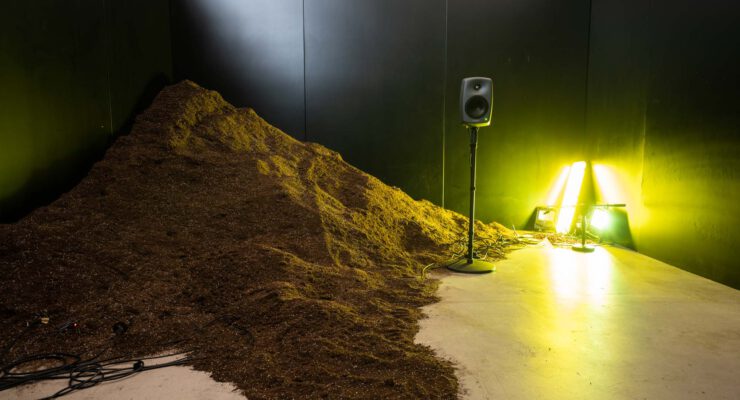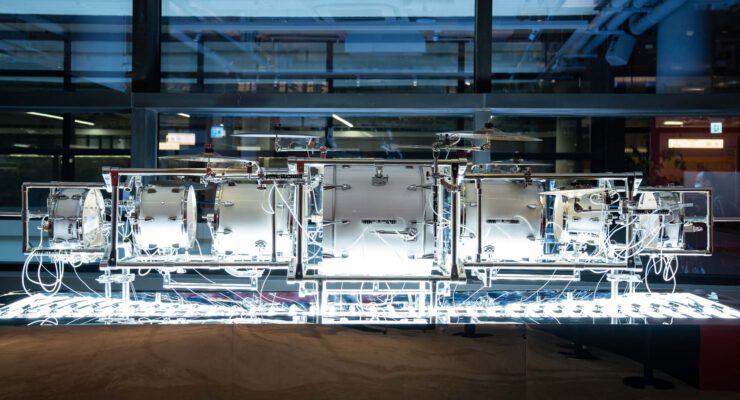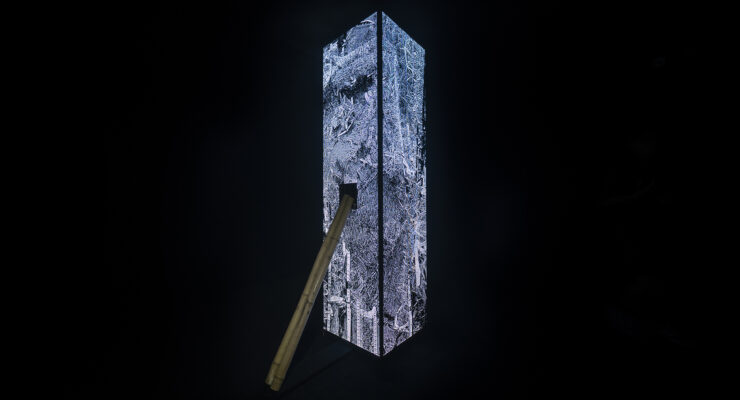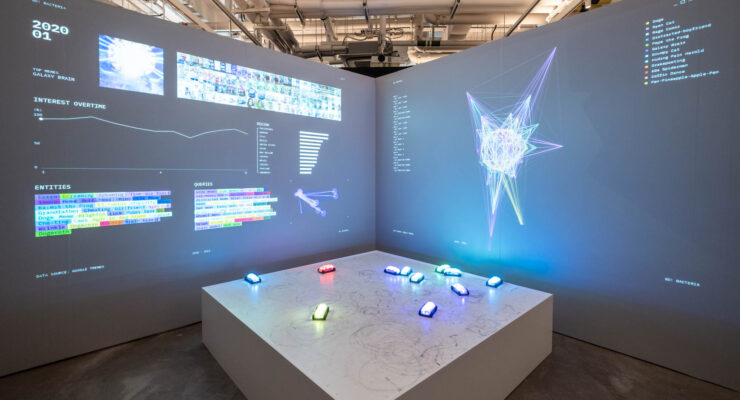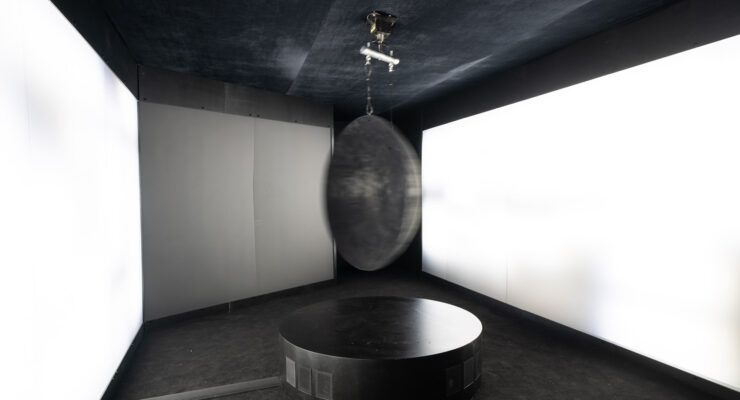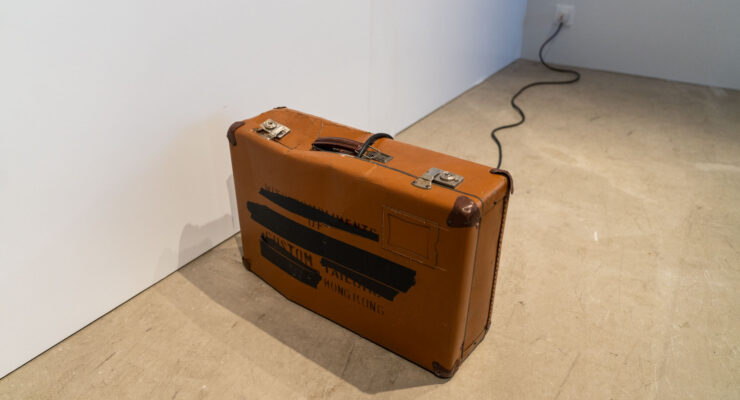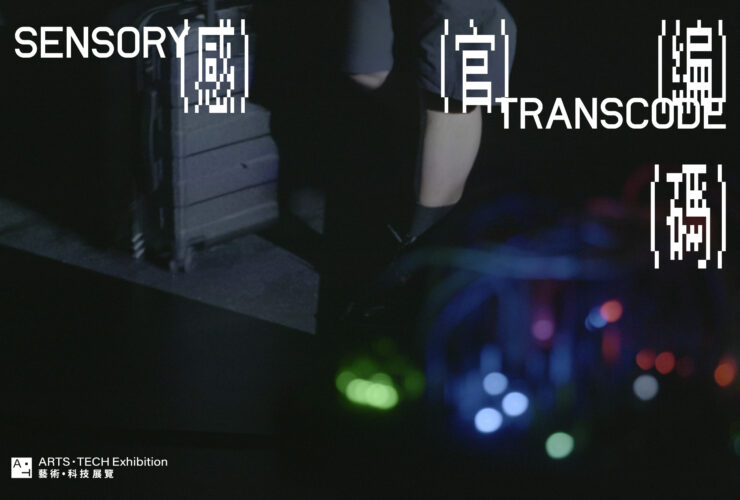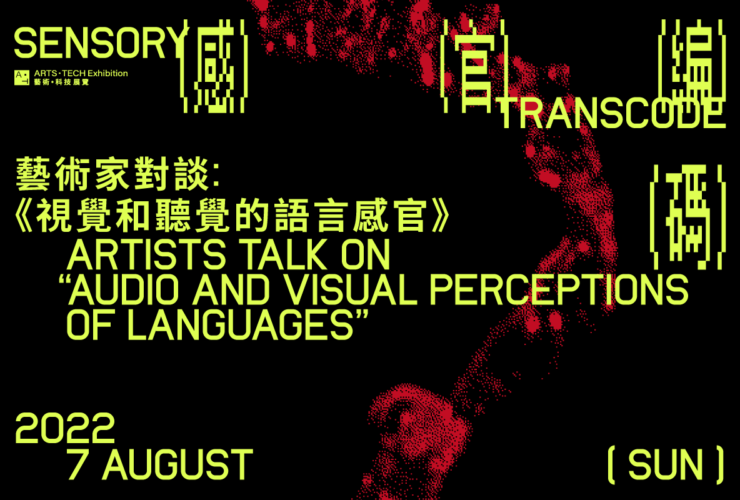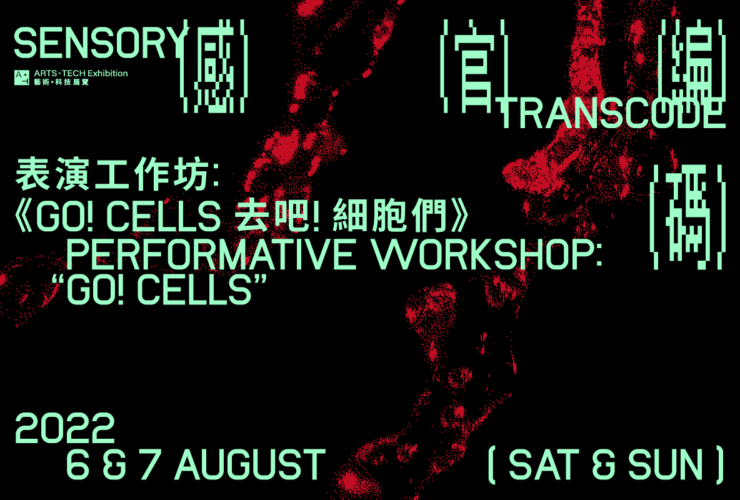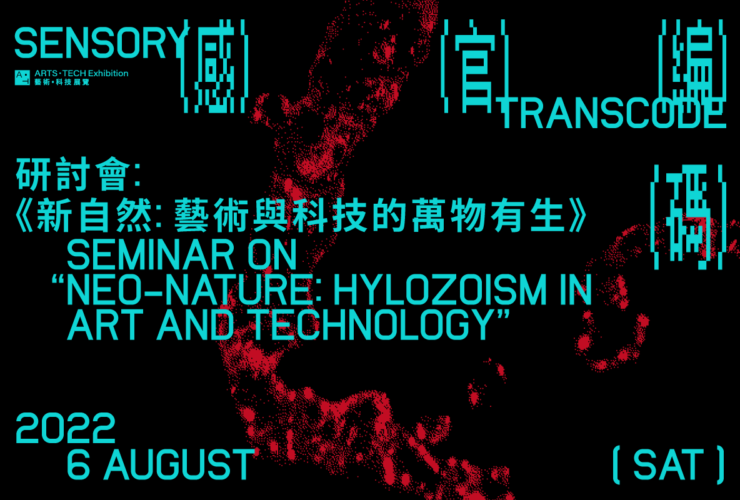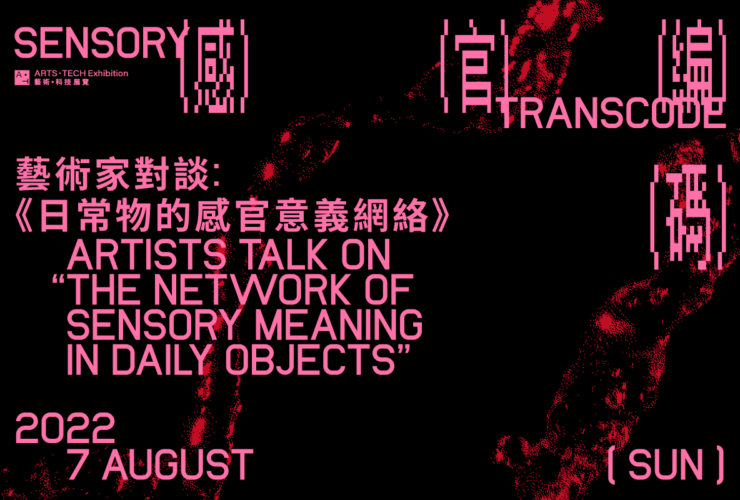Sensory Transcode

OVERVIEW
Marshall McLuhan, the great master of media theory, often speaks of the second skin. In this Electronic Age, we do not use technology for what they are inherently; we use technology because there is no staying away from them in this world. They are everywhere, and are no longer mere tools or detached entities. They are our second skin. And when they are applied in art-making, artists often view them as part of their body.
With the technology of coding, artists can interconvert media from one to another, such as turning images to sounds, sounds to visuals, or formless data to sculptures. As this happens, our sensory perceptions are transplanted, or interconverted too. We can “hear” visuals, and “see” sounds. This is what we will find in the 7 pieces of trans-media artwork in Sensory Transcode. Be prepared to switch your gear from unidirectional sensory pathways to ones that transcend senses. Senses are going to shift and the world you are going to “see” and “hear” might seem very different from the one you know
2022.07.30 -
2022.08.13
12:00 - 20:00
1/F Event Space
Central Market
Free Admission
- Hong Kong Arts Development Council reserves the right to add, withdraw or substitute artists and/ or vary advertised programmes. In case of dispute, the decision of HKADC is final.
- Hong Kong Arts Development Council fully supports freedom of artistic expression. The views and opinions expressed in this programme do not represent the stand of the Council.
- All participants must wear masks properly throughout the event and are required to take temperature check before admission. Visitors not wearing masks or have fever symptoms will not be admitted.
- All visitors are required to use the “LeaveHomeSafe” app to scan the venue QR code and present their COVID-19 vaccination records or relevant exemption certificate to the on-site staff in accordance with the Vaccine Pass. (Latest arrangement: https://www.coronavirus.gov.hk/pdf/vp_t1_ENG.pdf)
- Children who are twelve or below must be accompanied by an adult.
- Unless otherwise specified, please do not touch any exhibits on display.
- Photography and filming for non-commercial use are welcomed, but please do not disturb other visitors and stay safe at all time.
- Hong Kong Arts Development Council will review the latest situation of COVID-19 and adjust the measurements and guidelines accordingly.
- Hong Kong Arts Development Council reserves the right to decide and alter the operation of the events at its own discretion.
Typhoon Signal No.8 or above and Black Rainstorm Warning Signal
- If the signal is hoisted before 10:00 a.m., the exhibition will be closed and re-open three hours after the signal is lowered. If the signal is hoisted until 3:00 p.m., the exhibition will remain closed.
- If the signal is hoisted during opening hours, the exhibition will be closed.
CURATORIAL STATEMENT
Marshall McLuhan, the great master of media theory, often speaks of the second skin. In this Electronic Age, in particular, we do not use technology for what they are inherently; but rather (and more precisely), we use technology because there is no staying away from them in this world. They are everywhere, and are no longer mere tools or detached entities. They are our second skin.
Since the days of the Fluxus movement, artists have been demonstrating the trans-sensibility of technology and media in art making. Sixty years later and nowadays, art and technology have become ever more popular. While the predominant motivations to create have not changed much – for instance, inspiring responses and inciting sensations, or triggering conversations surrounding subjects of concern – more artists are using technology to create. In his book The Language of New Media, Lev Manovich proposes five principles of new media, and one of them is “transcoding”. With the latest progresses in technology, not only are creators able to interchange media from one form to another, they also have a trans-media ability to add multiple dimensions to our sensations.
The pervasiveness of technology does not only facilitate idea construction and exploration. It also enables artists to code sensations, interchanging the different means of perception – making what is seen to be heard, what is heard to be touched. This echoes how philosopher Gilles Deleuz describes sensations – through merging technology and art with cross-disciplinary methods, the usual, unidirectional experience in the observer is replaced by the trans-sensorial.
In an era reigned by screens, humans habitually perceive the world through luminous devices. Carla Chan’s The Melting Black consists of a multiple-screen installation that displays natural tidal waves using technology. Perusing this congregation of temporally disintegrated images, our sensory brain instinctively pieces together fragments into a whole. On one hand, this exemplifies the coding ability of our senses at work. On the other hand, this process poses a challenge to our montage vision with which we comprehend composite scenes – can our self-restoring sensory faculty actually be fully coded when we are met with such blurry visual fragments that demand to be read as a congruous whole?
Light travels faster than sound. First we see, then our senses code the sound that follows. If speeches were coded, what would our daily conversations sound like? Fascinated by the relationship between language and music, Chaklam Ng has invited linguist Dr Jackie Jia Lou to collaborate in The Interpreter. Rhythm is the hidden code in languages, and such is disclosed through an installation of musical instruments that translates speeches into music which is then played out. This work is in itself a study in linguistics.
Apart from emerging from languages, sounds also emerge from the nature and man-made objects, and are connected to space. They are related to the understanding of time and space, and what we see can induce what we hear. When we perceive space and objects as visually and auditorily displaced, our sensorial cognition is challenged. In sound artist Alain Chiu’s A bagatelle of objects I: If I could talk about it in other ways, I would, an ensemble of objects makes sounds in a defined space. The result is a sonic experience, or a curious symphony of daily objects if you will, that confuses and distorts our auditory perception.
In academic studies, sensory information are quantified as data. When interactions between the world and humans are transformed into data and then analysed, phenomena are revealed. In the age of information implosion, data on human behaviours act as important materials for understanding and predicting behaviours. In their new commissioned work GO BACTERIA!, Fung Wing Lam and Seth Hon capture data from social media, visualise users’ trails, and convert them into a mechanical installation. With the materialisation of such data in the form of machines, we can observe human behavioural patterns like actual bacterial movements. Here, bots are used to depict human. In No Place for Useless Men, Tung Wing Hong attempts to store human emotions in a suitcase. With the presence of apparent, emotionless machinery movement, the human body language oddly gets magnified.
When an object is placed in a physical site where an object-space relationship is established, an air of real existence percolates. While the concept of “immersive” experience has been around for years, technological advancement has allowed artists to take it to another level by creating parallel spaces in a physical site, using light and sound to relocate audiences to different dimensions. N A T P, an emerging art group consisting of graduates from the Hong Kong Academy for Performing Arts, is known for the creation of spaces from light and sound that transport audiences into that surreal zone bridging the virtual and the real. In their new commissioned work Into the Void, N A T P uses mirror and light to reconstruct real-time images. Through the disintegration and re-integration of reality via varying perspectives, the onlooker’s day-to-day perception of space is renewed.
The artists from art and technology team Dimension Plus come from heterogenous backgrounds: art history, sound art, data science, art of light, architecture, and so on. In recent years they have created and curated a number of immersive spaces, calling them the “new canvas” – trans-sensory canvases rid of constraints and boundaries. The latest of this series, NEW CANVAS 04: TOWER LANDSCAPE takes us to a vertical city structure, in which a moving perspective unleashes a multi-dimensional world. With an audio-visual landscape that juxtaposes the virtual and the real, the work creates a confusing chaos that baffles the senses.
One medium is converted to another; light becomes sound, sound becomes images. The commissioned programme is given by hirsk, winner of Best Instrumental Album Producer at the Golden Melody Awards, Taiwan, together with Keith Lam, media artist and curator of this exhibition, in a cross-disciplinary performance that fuses the Fluxus approach in game writing and machine learning. Keith Lam brings to stage a robotic installation which extends his hyperreality series, engaging in an audio-visual game with hirsk where the media of light and sound are interchanged. The two enter a disorienting non-linear dimension amidst moving lights, transforming images into music, music into images, “coding” them all into the audience’s senses.
Let our senses be challenged – be it visual or cognitional;
and lights will luminate the way to sub-consciousness.
Let our senses be wakened by what we see;
and we shall see instead of hear, hear instead of see.
Behold, this object before you is real,
born out of data, created by the illusionists sleight of hand.
The bacteria’s motion, is the machine’s notion
of the peculiar way homosapiens traverse the land of social media.
In this physical space, all we see and all we hear
disintegrate. Re-integrate.
Sights become sounds, and shuffled
are the witnesses of this multi-dimensional world.
Senses shift and stir,
sensorial boundaries blur;
Immerse shall we, in the space of media coding –
that sensational maneuver artists use to shape how we discern.
Text: Keith Lam
CURATOR

Keith Lam
Media artist, co-founder and artistic director of art and technology studio Dimension Plus, founder of composite space openground.
Keith Lam’s works have won awards at various international art festivals including the world-leading new media arts award Prix Ars Electronica, and Japan Media Arts Festival, among others. His works have also been shown in museums and art festivals around the world, such as the National Art Center, Tokyo, OK Center for Contemporary Art in Austria, New Technological Art Award Biennial in Belgium, Hong Kong Museum of Art.
Also committed to new media art and design education, Lam teaches and consults at various universities & institutions in Hong Kong with the aim of promoting digital fabrication in art.
ARTISTS
ALAIN CHIU
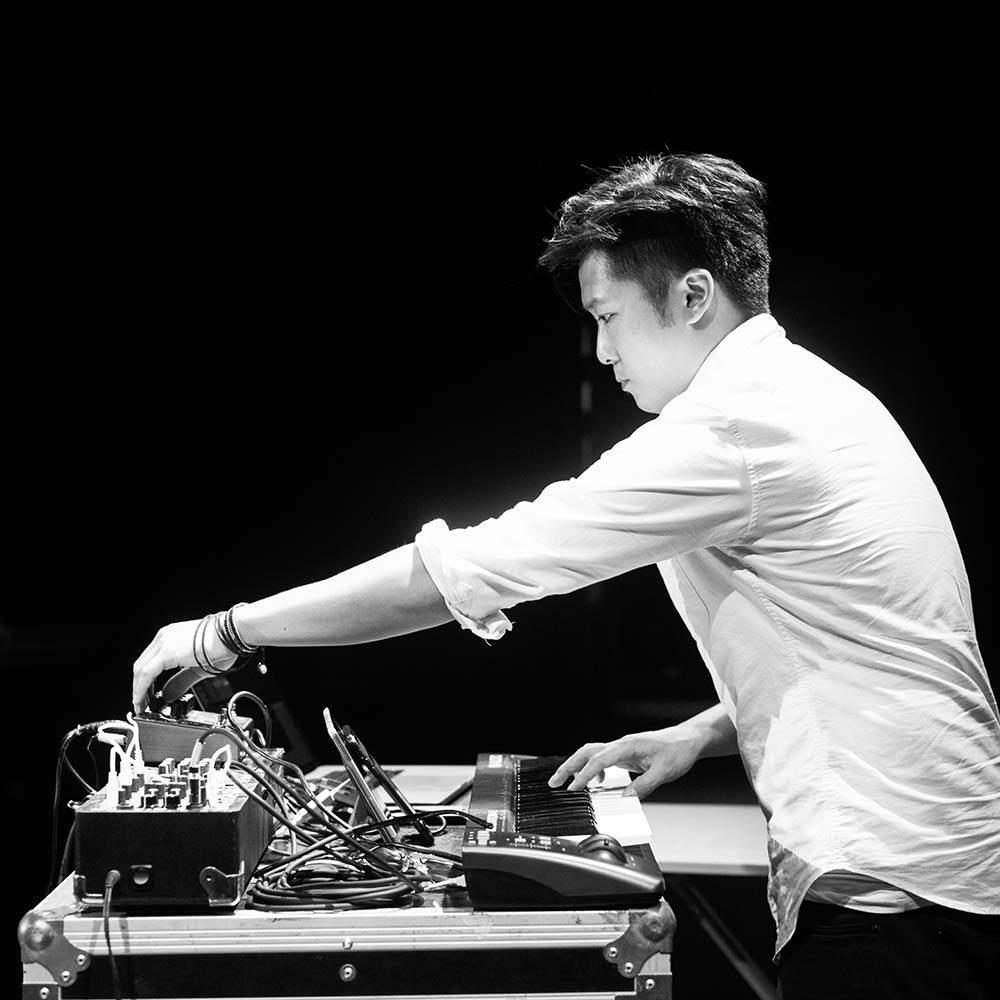
CARLA CHAN
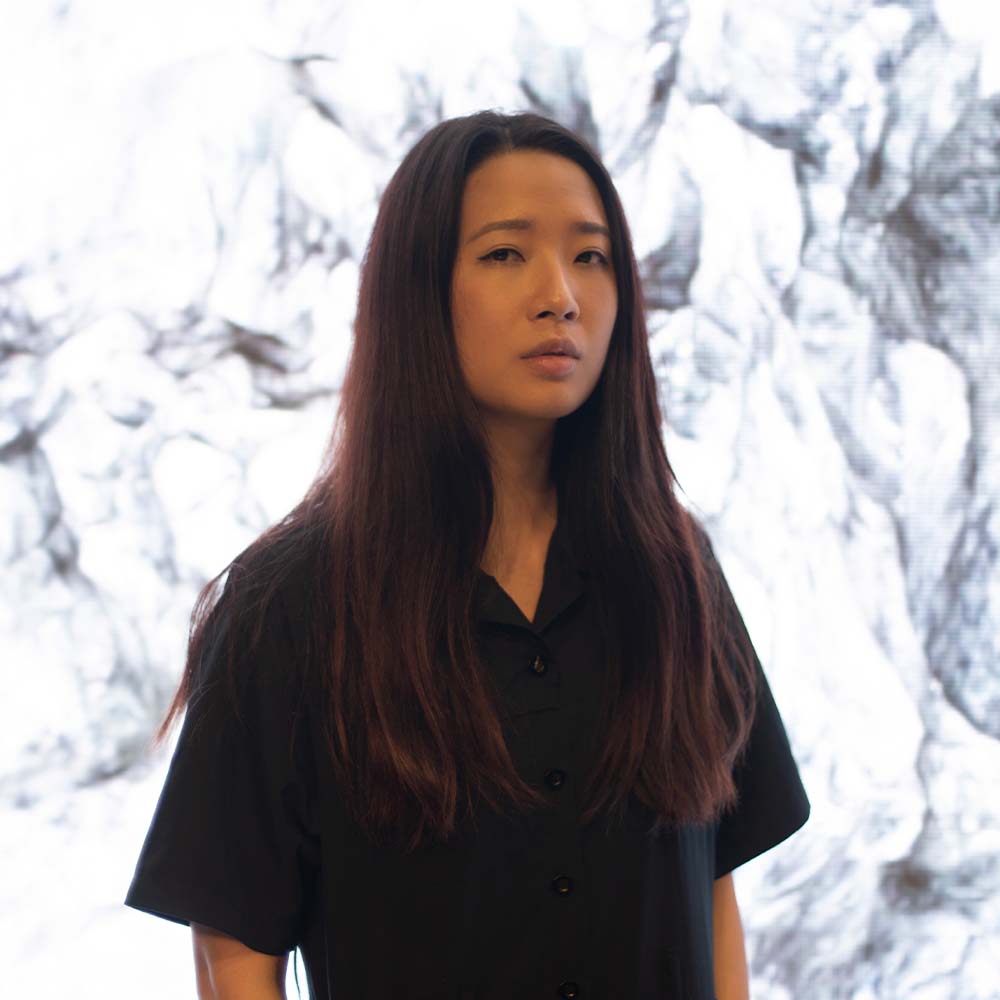
CHAKLAM NG
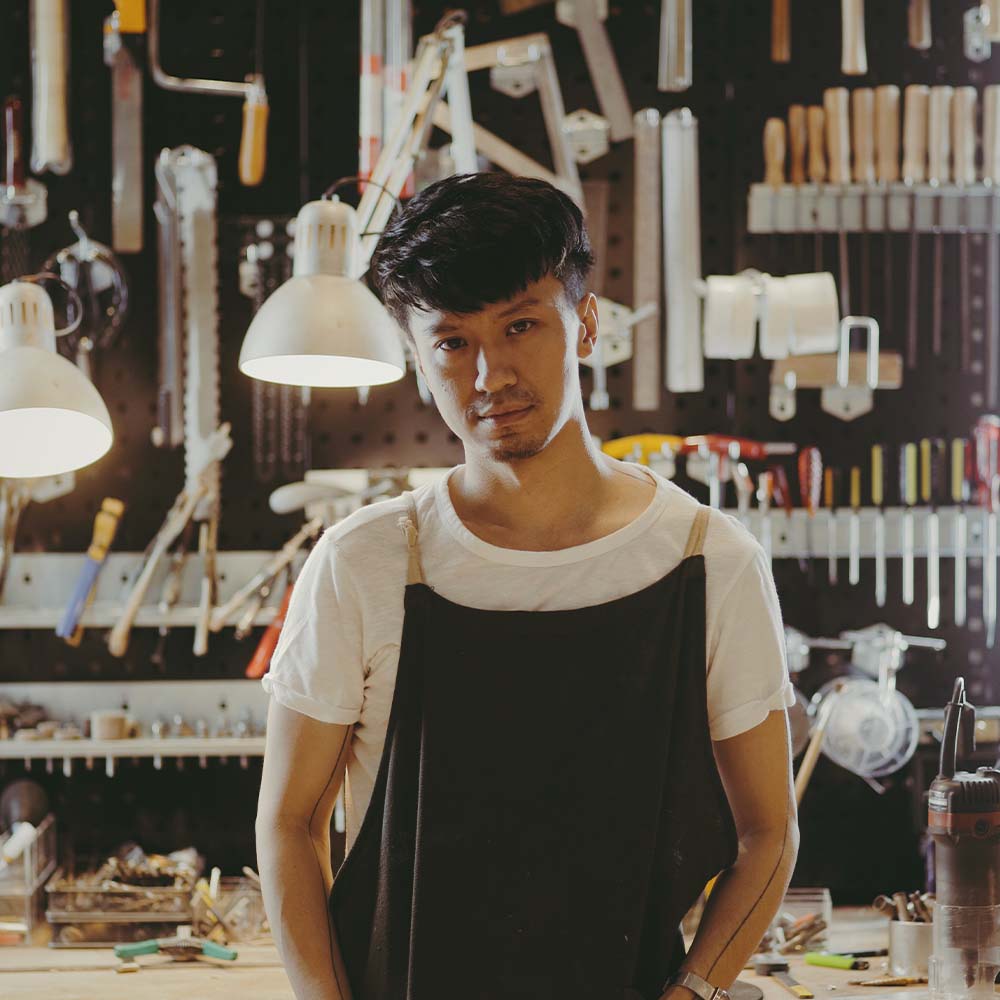
JACKIE LOU
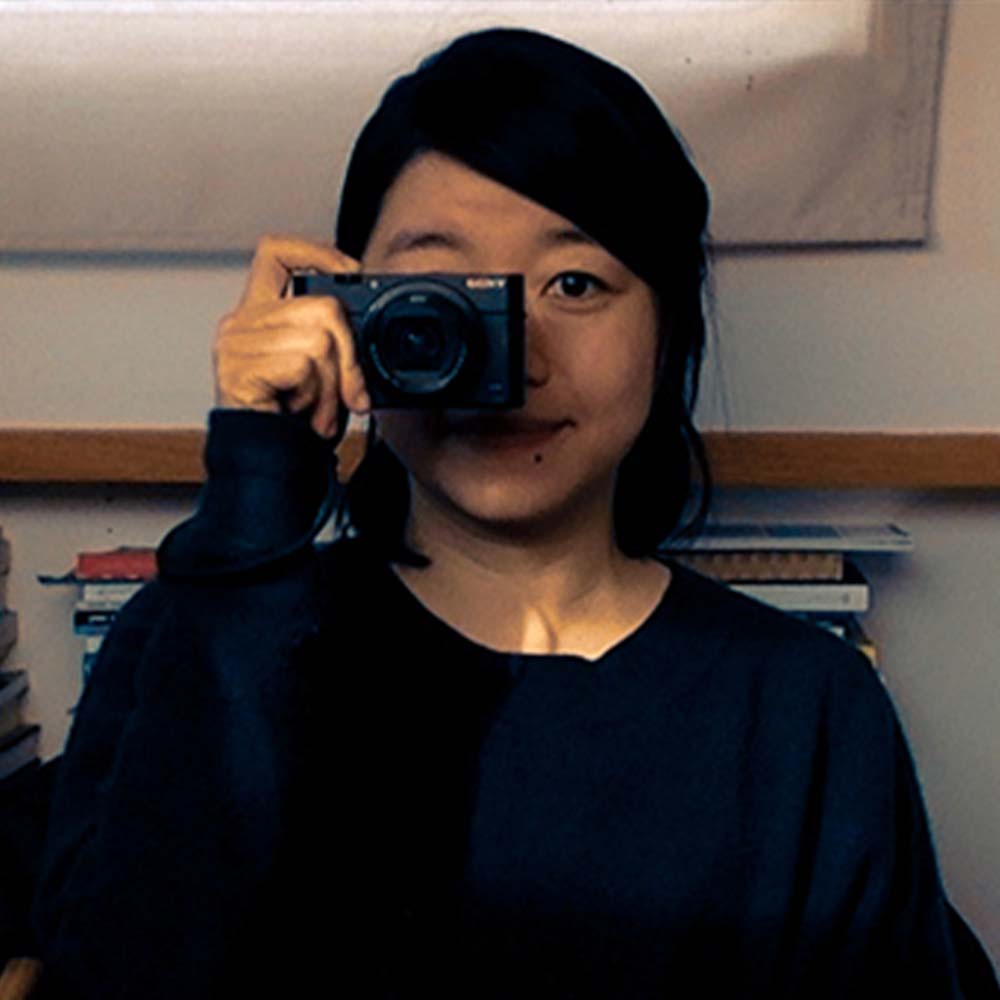
DIMENSION PLUS

FUNG WING LAM
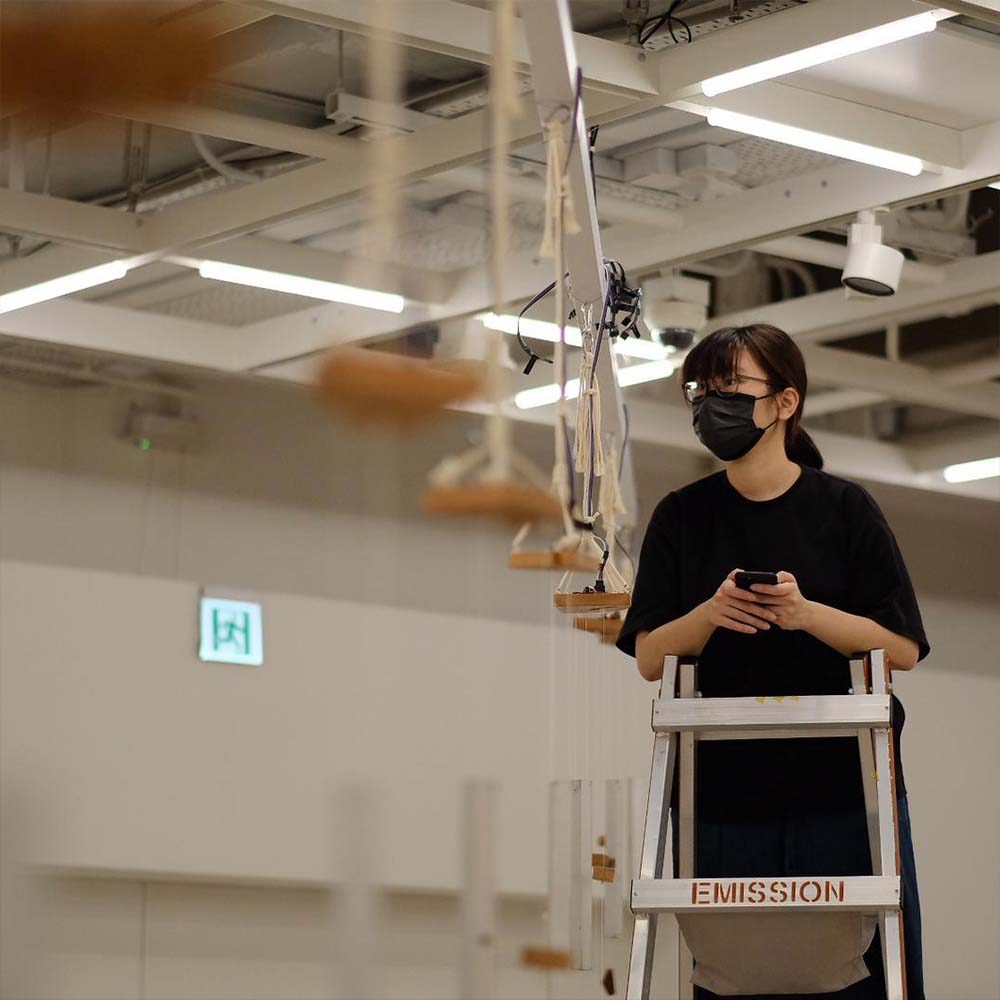
SETH HON
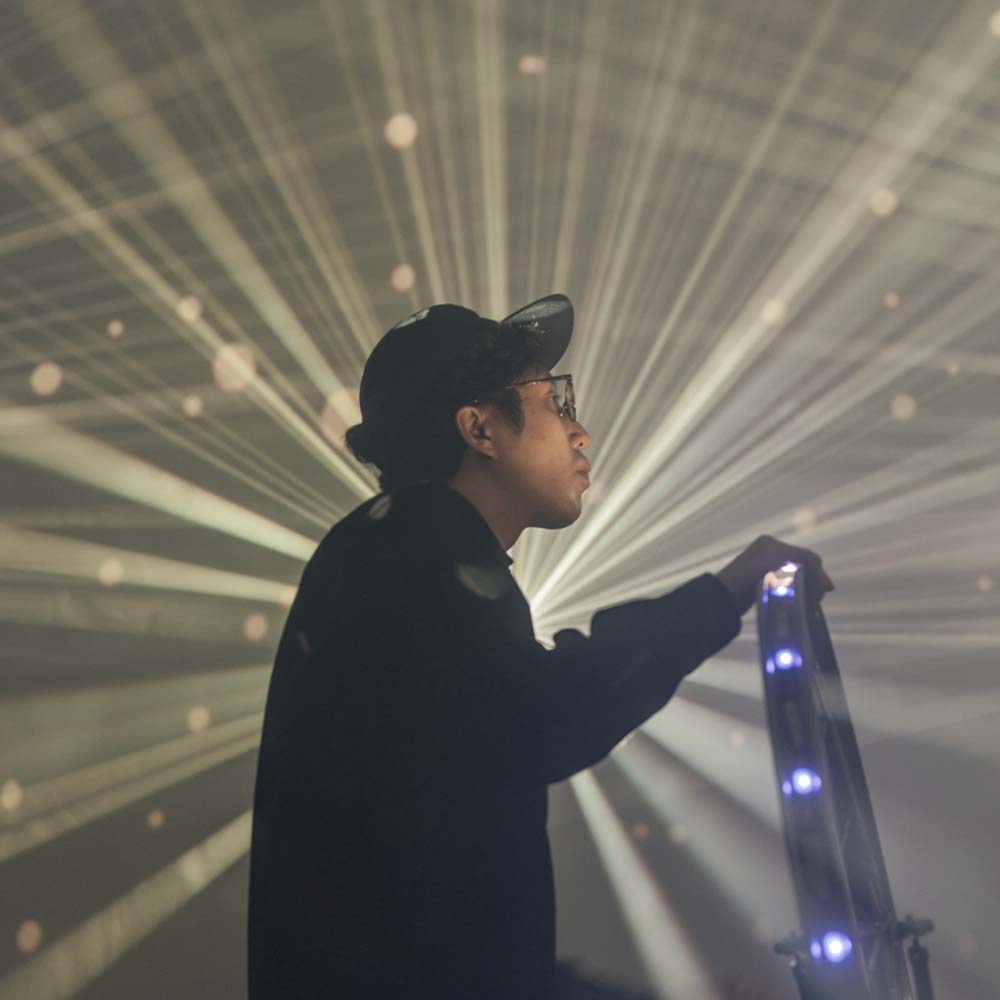
N A T P
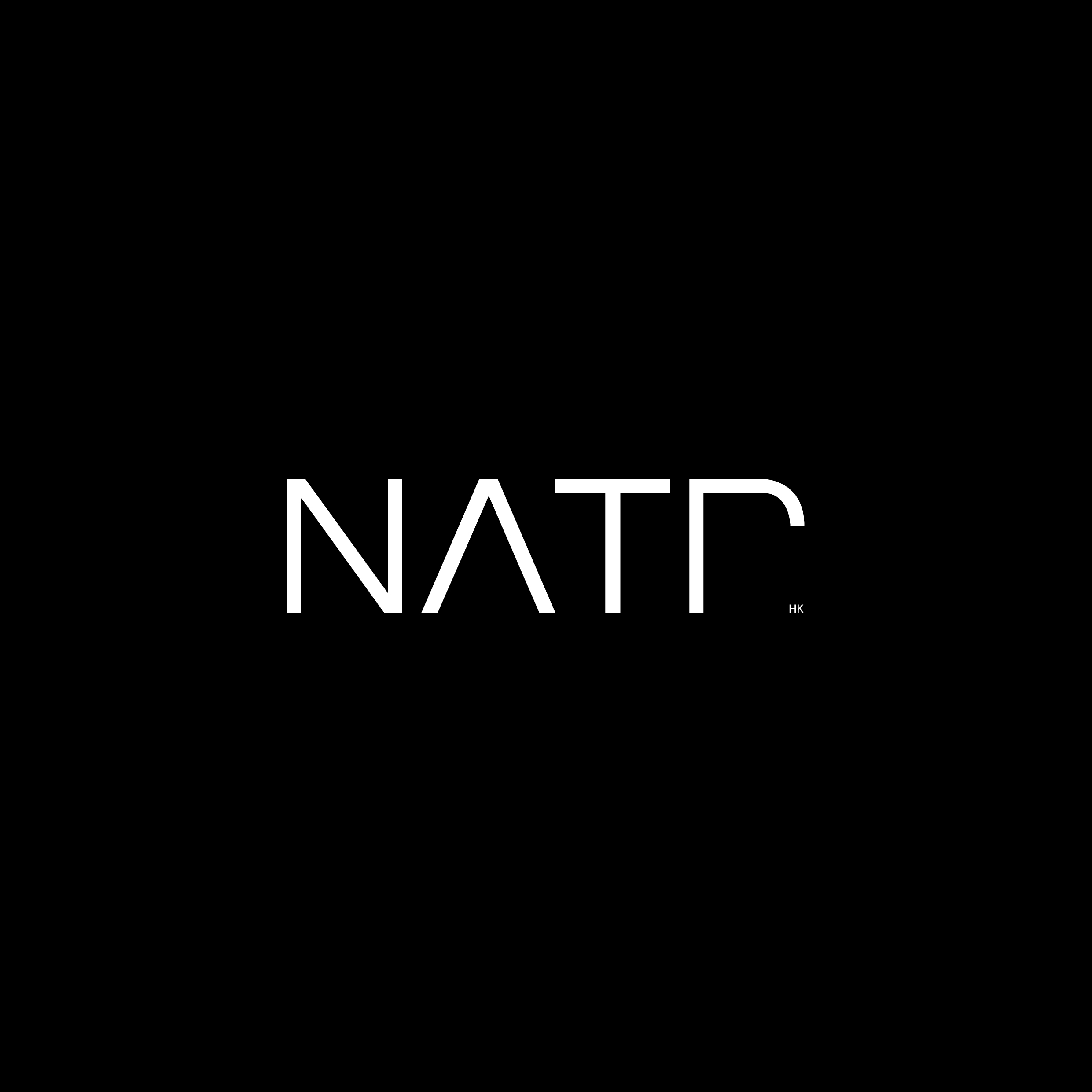
TUNG WING HONG
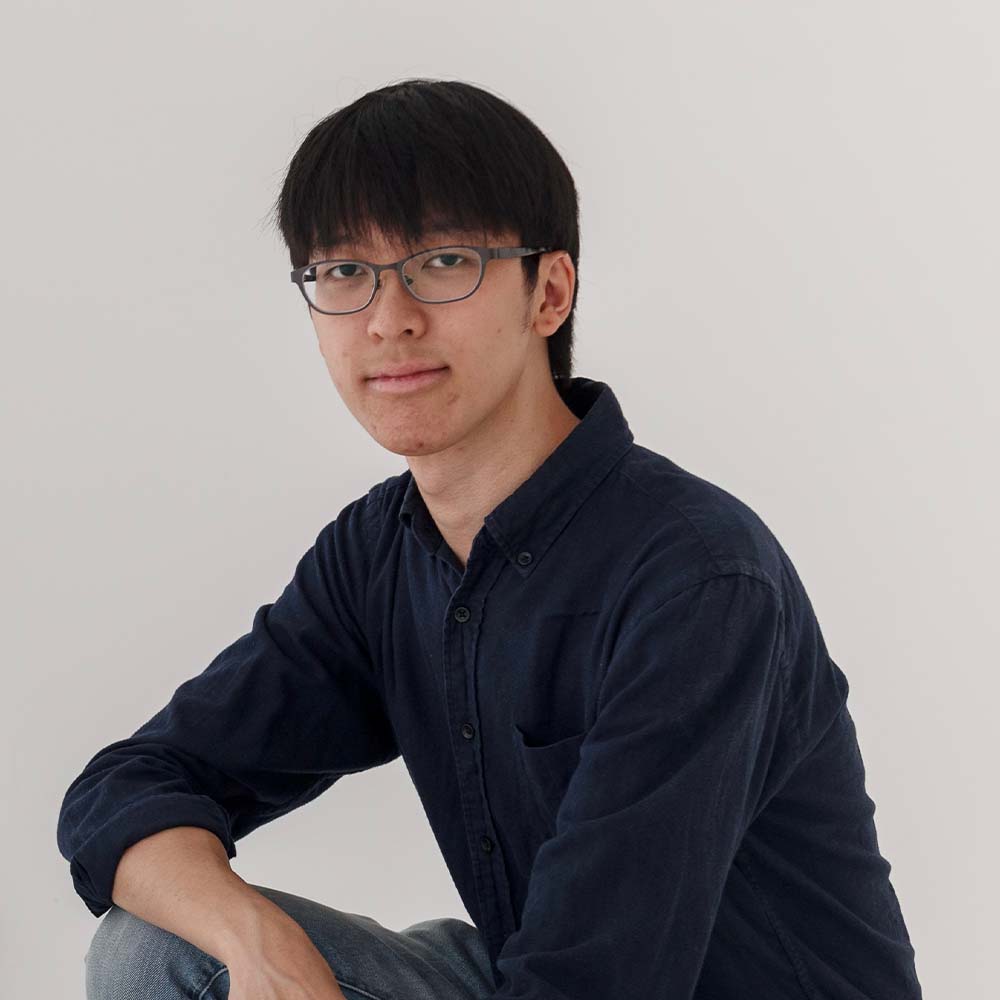
Composer and sound artist Alain Chiu's body of work sits firmly at the juncture of contemporary music, sound art, and multimedia art. It ranges from traditional music, sound installations, experimental musical theatre, to virtual reality videos and video installations.
Alain Chiu has created commission works for West Kowloon Cultural District, Hong Kong New Music Ensemble, Hong Kong Sinfonietta, Hong Kong Arts Festival, Sotheby's Hong Kong. Chiu's music has been performed at Hong Kong Arts Festival, WKCDA Freespace Festival, Hong Kong Week in Taipei, Jumping Frames Italy Tour, and Cannes Film Festival.
Chiu is the founder of the Trilateral Lab, an experimental performance collective. The Lab is dedicated to challenging the existing form and structure of performing arts. It also aims at incorporating new technologies as a way to stimulate and cultivate new ideas. The Lab’s engagements include Never Seen, Collecting Sounds, a public sound installation; the Space-time Capsule of Ma Wan Village, an experiential exhibition; and According to the Order of Time, a 180-degree video installation.
Carla Chan is a media artist from Hong Kong. She obtained her Bachelor of Arts degree from the School of Creative Media, City University of Hong Kong. Currently based in Berlin, she works with a variety of media including video installation, interactive media, virtual and augmented reality, of which the time-based medium through computational processes is vital to her practice. Much like the never-ending development of new technologies, her approach to media art challenges the conventional perception of new media interface with ever-evolving possibilities for artistic expressions.
Chan’s recent works focus on the digital representation of nature. Fusing the poetics in both nature and digital technologies, her work creates a virtual space for contemplation. Minimal in style, her works blend physical and digital elements into a hybrid form of materiality, blurring the boundaries between reality and illusion, figure and abstraction.
Chan has been exhibited regionally and internationally including the Hong Kong Museum of Art, ZKM in Germany, Asia Society Hong Kong, Art Basel Hong Kong, Frieze New York, Today Art Museum in Beijing, and more. She was also a recipient of Toy Berlin Masters Award and Young Artist Award (Media Arts) at the Hong Kong Arts Development Awards, and her works have been collected in M+ Museum and the Burger Collection in Hong Kong.
Chaklam Ng is a Hong Kong-based music instrument designer and sound artist who graduated from the City University of Hong Kong as a multimedia designer. He is currently the director of sound design collective Oblik Soundwork and guitar luthier shop Fretsmith Guitar Lab respectively.
While his approach is very hands-on, Ng also incorporates computer-aided design and engineering thinking to musical instrument design. His passion to shape both music and instruments at the same time has led him to various collaborations with local musicians and artists.
When Ng is behind the wheel, his works are often created with the community at large in mind, and his public installations have been featured in major events such as Sónar and deTour.
Dr Jackie Jia Lou is a Senior Lecturer in Sociolinguistics, the Department of Languages, Cultures, and Applied Linguistics, Birkbeck, University of London. Her research and teaching focus on the relationship and interaction between language and city. Recently, she has also been exploring creative approaches to communicate linguistic knowledge to the wider public.
Established by Hong Kong artist Keith Lam and Taiwanese curator Escher Tsai, Dimension Plus is an art and technology team that focuses on artwork creation, curation, as well as education and exchange in art and technology.
Based in both Hong Kong and Taiwan, they have been invited to exhibit at numerous art festivals and exhibitions around the world including Venice Architecture Biennale, MoCA Taiwan, Fukuoka Asian Art Museum, SXSW, Ars Electronica Festival, and so on. They have also received numerous art and design awards including Taiwan’s Golden Pin Design Award – The Best Design of the Year; Macau Design Award – Best Gold; Tokyo TDC Award; Asia Digital Arts Awards Japan; and Design for Asia Awards Hong Kong, among others.
The team has curated and produced various exhibitions including Encounter Once in a Lifetime – Toyo Ito Architecture Exhibition, ART.FAB.LAB, Sensory Canvas and U-108. They are also committed to education and international exchange in art and technology, hosting series of workshops and seminars such as Playground Workshop since 2008, and until 2018 there had been 5 cohorts of workshops and open gallery events, incubating a lot of young media artists and artworks.
Fung Wing Lam is a new media artist and interactive designer. She graduated from the School of Creative Media at City University of Hong Kong, majoring in New Media (Bachelor of Arts and Science). Most of her works are inspired by experiences in the daily life, making use of the environment, body sensations and spatial elements as the media to express her artistic ideas through electronic devices, images, and programming devices.
Fung received the Silver Award (Interactive Media Category) at the 19th ifva Festival in 2014, and her works were exhibited in Art Basel Hong Kong (2021), Cattle Depot Artist Village (2020), PMQ (2019), Hong Kong City Hall (2018), JCCAC (2018) and Hong Kong Arts Centre (2014). She was an installation art designer and engineer in art projects including Human + Machine NOW, Emergency Kit & Wishing Pool, Another Music in Anticlockwise, Over The Ocean, and so on.
Seth Hon Ka Chun graduated from the Hong Kong Polytechnic University School of Design, and is a member of the Hong Kong-Taiwan new media art team Dimension Plus.
Hon’s works focus mainly on displaying data in different perspectives and dimensions, presenting them through different media such as video and sculpture. He has been active in international festivals and exhibitions including Ars Electronica in Linz, Austria, Surfaces Festival in Venice, and Nuit Blanche in Taipei. He was the recipient of Taiwan's Golden Pin Design Award – Best Design of the Year; German Design Award; Design for Asia Awards – Gold Award; and Macau Design Award – Best Gold, among others.
N A T P is a multimedia collaborative that explores the possibilities of audio-visual installation in an immersive space.
The group conceives new directions to explore space through audio-visual experience, bringing together the respective uniqueness of performing art and installation art, and taking audiences on new journeys.
Since 2019, N A T P has presented audio-visual collaborations 420 BAD TRIP and 2020, followed by experimental projects Lunatic and Moan.
Tung Wing Hong is a visual artist, programmer, fabricator and mechanical designer. He has been honoured as the UOB Installation Artist of the Year and received the Gold Award in the Established Artist Category in the UOB Golden Garden Installation Art Award 2015. His artworks have been exhibited at Hong Kong Zoological and Botanical Gardens, Pearl Lam Galleries Soho, Shenzhen Art Museum, Affordable Art Fair Hong Kong and Siggraph Asia 2018 in Tokyo.
Exploring the spectatorship of art and spatial sensation, Tung creates site-specific installations combining moving images and mechanical movements. The synchronisation of these two time-based media interests him and sets off his continuous experimentation. He also offers his expertise in art production and technical support for local artists and tertiary institutions. Tung currently lives and works in Hong Kong.
THE CREW & SPONSORS
Presented by:
Hong Kong Arts Development Council
Venue Sponsor:
Central Market
Chinachem Group
Urban Renewal Authority
Smart TV and Projector Sponsor:
Shun Hing Group
Panasonic
Curator:
Keith Lam
Artists:
Alain Chiu
Carla Chan
Chaklam Ng & Jackie Lou
Dimension Plus
Fung Wing Lam & Seth Hon
N A T P
Tung Wing Hong
Commissioned Programme:
hirsk x Keith Lam
Seminar Guests:
Joel Kwong
Ellen Pau
Producer & Production Manager:
Carmen Cheng
Exhibition Design:
Surge Production
Graphic Design:
innoise
Technical Manager:
Mak Kwok Fai
Assistant Production Manager:
Michelle Tang, Vienna Choi, Candice Chow
Exhibition Production:
Sky Region Production
Lighting, LED and Audio Management and Production:
C’est Bon Projects Corporation Limited
Cinematographer:
Martin Cheung
Key Visual Photography:
Ching Ho Yin

